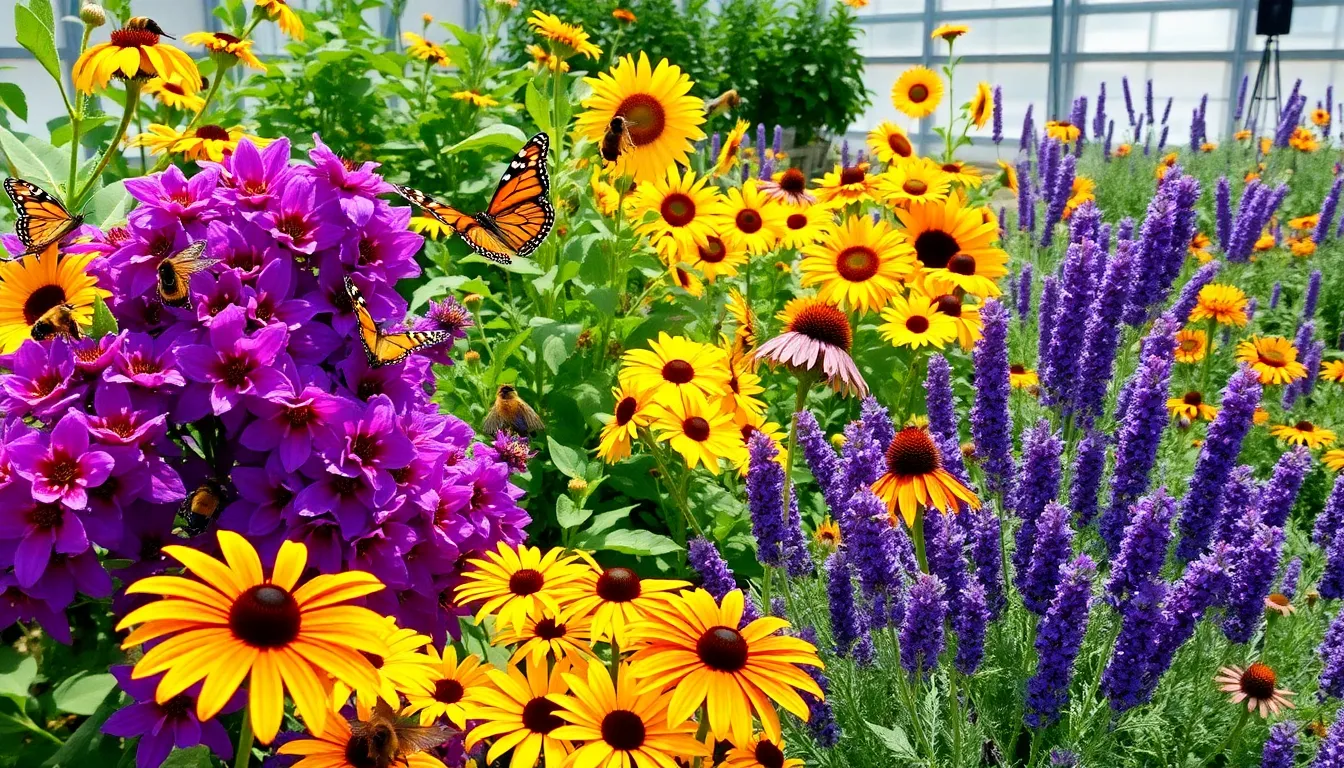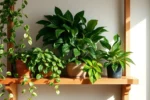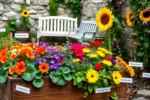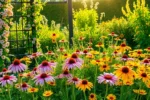In the vibrant world of gardening, nothing quite matches the satisfaction of seeing your outdoor space come alive with the fluttering wings of bees, butterflies, and hummingbirds. Whether you’re a beginner sowing your first seeds or an experienced gardener perfecting your patch, creating a haven for pollinators is both a joyful and rewarding endeavor. Your garden becomes more than a collection of plants; it transforms into a buzzing, thriving ecosystem that celebrates the beauty of nature’s most vital workers.
This guide on the best outdoor plants for pollinators is your key to unlocking that vibrant garden tapestry. By selecting the right plants, you’ll not only boost your garden’s visual appeal but also contribute to the health of local pollinator populations. With our curated list, you’ll gain practical insights into plant selections that are easy to grow and maintain, ensuring your gardening efforts flourish. Prepare to embark on a gardening journey where success is measured by the delightful hum and flutter of grateful visitors.
Bee Balm (Vibrant Blooms with High Nectar)
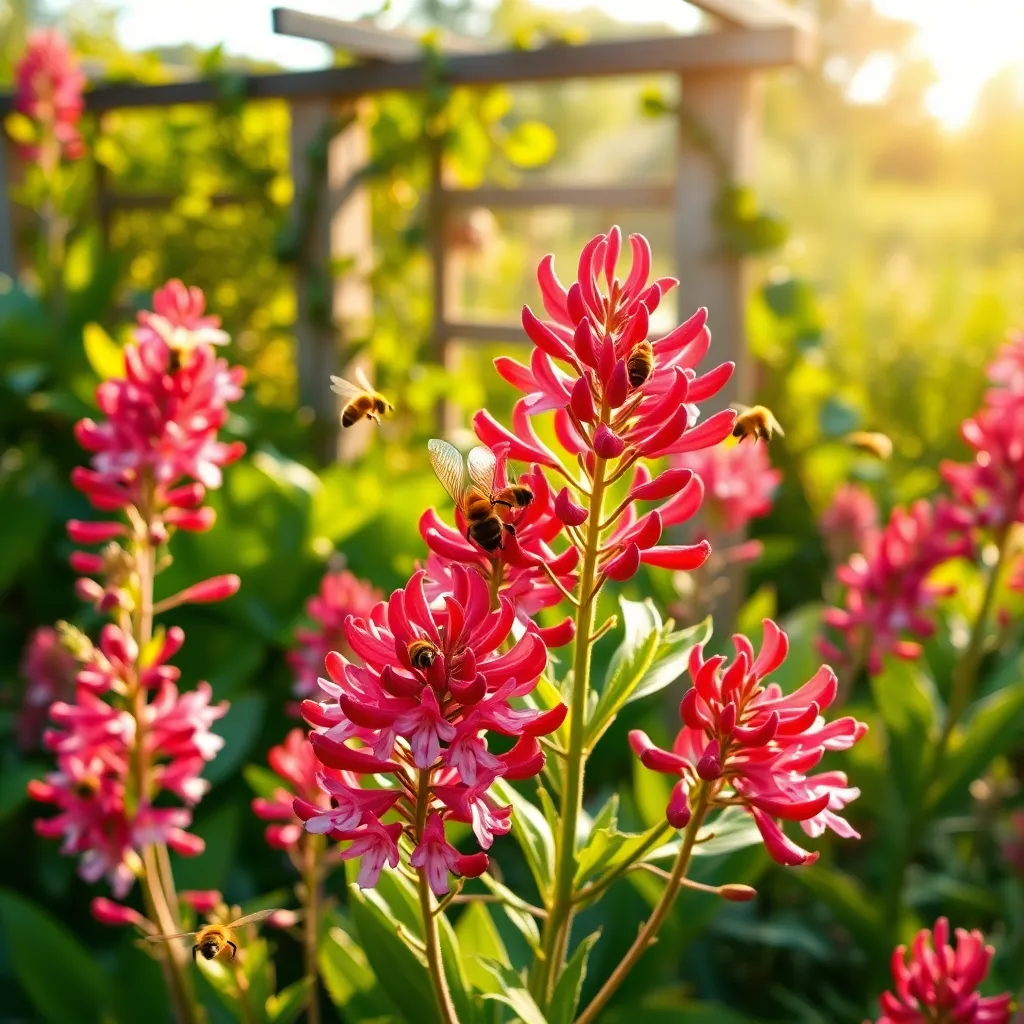
Bee Balm, also known as Monarda, is a vibrant perennial that attracts a wide variety of pollinators with its high nectar production. These plants are particularly loved by bees, butterflies, and hummingbirds, making them an excellent addition to any pollinator-friendly garden.
For successful growth, plant Bee Balm in a location that receives full sun to partial shade. Ensure the soil is well-drained and rich in organic matter to promote healthy root development.
Water Bee Balm regularly, especially during dry spells, to keep the soil consistently moist but not waterlogged. Applying a layer of mulch around the base can help retain moisture and suppress weeds.
If you want to encourage bushier growth, pinch back the tips of the plant in early spring. Deadheading spent blooms can also promote a longer flowering season and prevent the plant from self-seeding excessively.
Butterfly Bush (Fragrant Flowers for Summer)
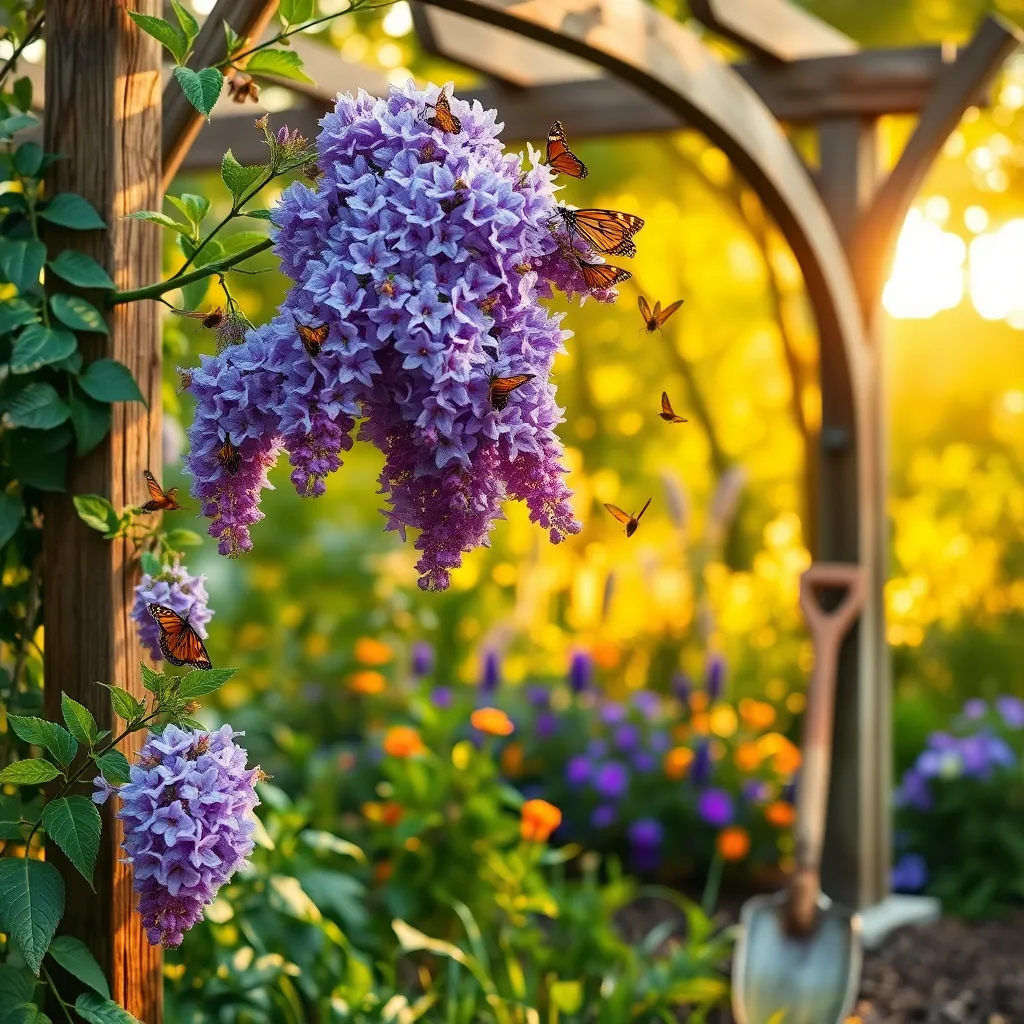
Butterfly bushes are a fantastic addition to any garden aiming to attract pollinators, especially during the summer months. Known for their fragrant flowers, these bushes not only draw in butterflies but also offer a delightful scent for your outdoor space.
To thrive, butterfly bushes require a location with full sun exposure, ideally receiving at least six hours of sunlight daily. They are adaptable to various soil types, but for optimal growth, ensure the soil is well-draining and slightly alkaline.
Watering should be done deeply but infrequently, allowing the soil to dry out between waterings. During particularly dry spells, increase watering to maintain moisture levels, though be cautious of overwatering as this can lead to root rot.
For those looking to boost the bloom production, deadheading spent flowers can encourage new growth. Additionally, consider pruning the plant back in late winter to early spring to maintain its shape and promote vigorous blooming.
Native Wildflower Mix (Diverse Habitat Creation)

Creating a diverse habitat in your garden with a native wildflower mix is a fantastic way to attract a wide array of pollinators. These mixes typically consist of seeds from native species that thrive in your local climate, requiring less maintenance and water once established.
To start, prepare your soil by removing any existing vegetation and debris. This provides a clean slate for your wildflower seeds to take root and flourish, ensuring a lush and colorful display.
Choose a sunny spot for planting, as most wildflowers prefer full sun to partial shade. Aim to sow the seeds in spring or early fall, when temperatures are moderate and conditions are conducive to germination.
After sowing, lightly rake the soil to cover the seeds, taking care not to bury them too deeply. Water the area gently and consistently until the seedlings are well-established, ensuring they don’t dry out during the critical germination phase.
For more advanced gardeners, consider incorporating a mix of annual and perennial wildflowers. This approach not only provides immediate blooms but also sustains the habitat over several years, enriching your garden’s biodiversity.
Milkweed (Essential for Monarch Butterflies)
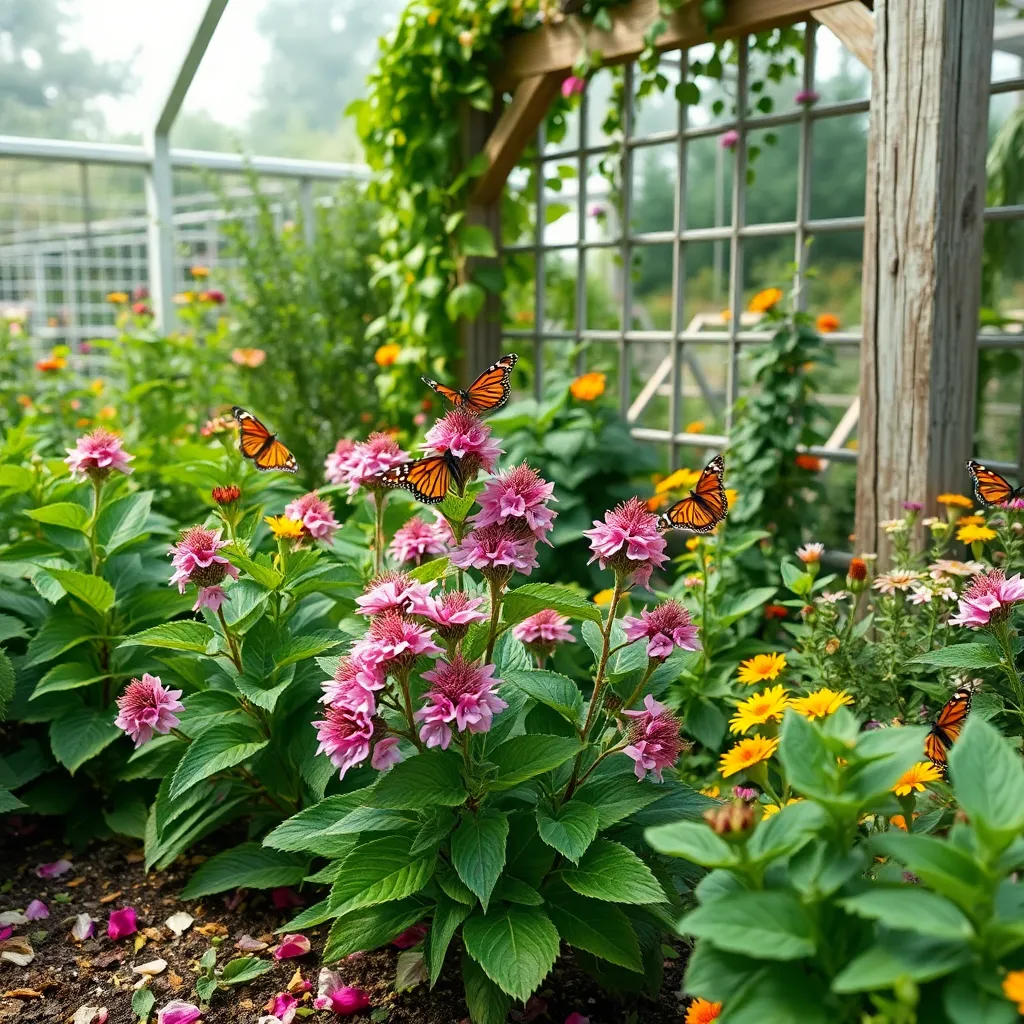
Growing milkweed is crucial for supporting monarch butterflies, as it is the only plant where these butterflies lay their eggs. To cultivate this essential plant, start by selecting a sunny spot in your garden, as milkweed thrives in full sun.
Choose a well-draining soil to prevent root rot, and consider mixing in compost to enhance nutrient content. Milkweed seeds need a period of cold stratification to germinate, so you might want to simulate winter conditions by refrigerating the seeds for at least 30 days before planting.
Once planted, water the seeds lightly but consistently to keep the soil moist until they sprout. Mature milkweed plants are drought-tolerant, so they require less frequent watering, making them a low-maintenance choice for the busy gardener.
For advanced gardeners, consider planting multiple milkweed varieties, such as common milkweed, swamp milkweed, and butterfly weed, to attract and support a diverse range of pollinators. Regularly check the plants for aphids and other pests, which can be managed by spraying a mild soapy water solution or introducing beneficial insects like ladybugs.
Salvia (Long-Blooming, Hummingbird Magnet)

Salvia is a standout choice for gardeners looking to attract hummingbirds while enjoying long-lasting blooms. These vibrant plants thrive in full sun and prefer well-draining soil, making them a versatile option for many garden settings.
To ensure healthy growth, water salvia regularly but allow the soil to dry out between watering sessions. This plant is drought-tolerant once established, but consistent moisture during the growing season helps maximize its blooming potential.
Beginner gardeners will appreciate that salvia is relatively low maintenance, needing minimal fertilization. A light application of a balanced, slow-release fertilizer in spring can enhance blooming for more experienced gardeners.
For those looking to expand their skills, consider deadheading spent blooms to encourage repeat flowering throughout the season. Cutting back the stems by about a third after the first flush of blooms can invigorate the plant and lead to a more robust second blooming period.
Conclusion: Growing Success with These Plants
In exploring the best outdoor plants for pollinators, we’ve uncovered five vital relationships that nurture our gardens: the symbiotic bond between bees and flowers, the supportive role of butterflies in pollination, the beneficial presence of native plants, the importance of seasonal blooms, and the ecological partnership with hummingbirds. Each of these connections enhances biodiversity and strengthens the natural world around us.
As an immediate next step, why not visit your local nursery and select a few native plants that cater to local pollinators? This simple action can transform your garden into a thriving ecosystem that supports these essential creatures.
To ensure you have this valuable information at your fingertips, make sure to bookmark this article. This will serve as a handy reference as you cultivate a garden that fosters these critical relationships.
Remember, nurturing these connections in your garden mirrors the attention and care required in our personal relationships. By cultivating an environment of mutual support and growth, you set the stage for abundant relationship success in all areas of life. Embrace this opportunity to enrich both your garden and your interactions, ensuring a flourishing future.

